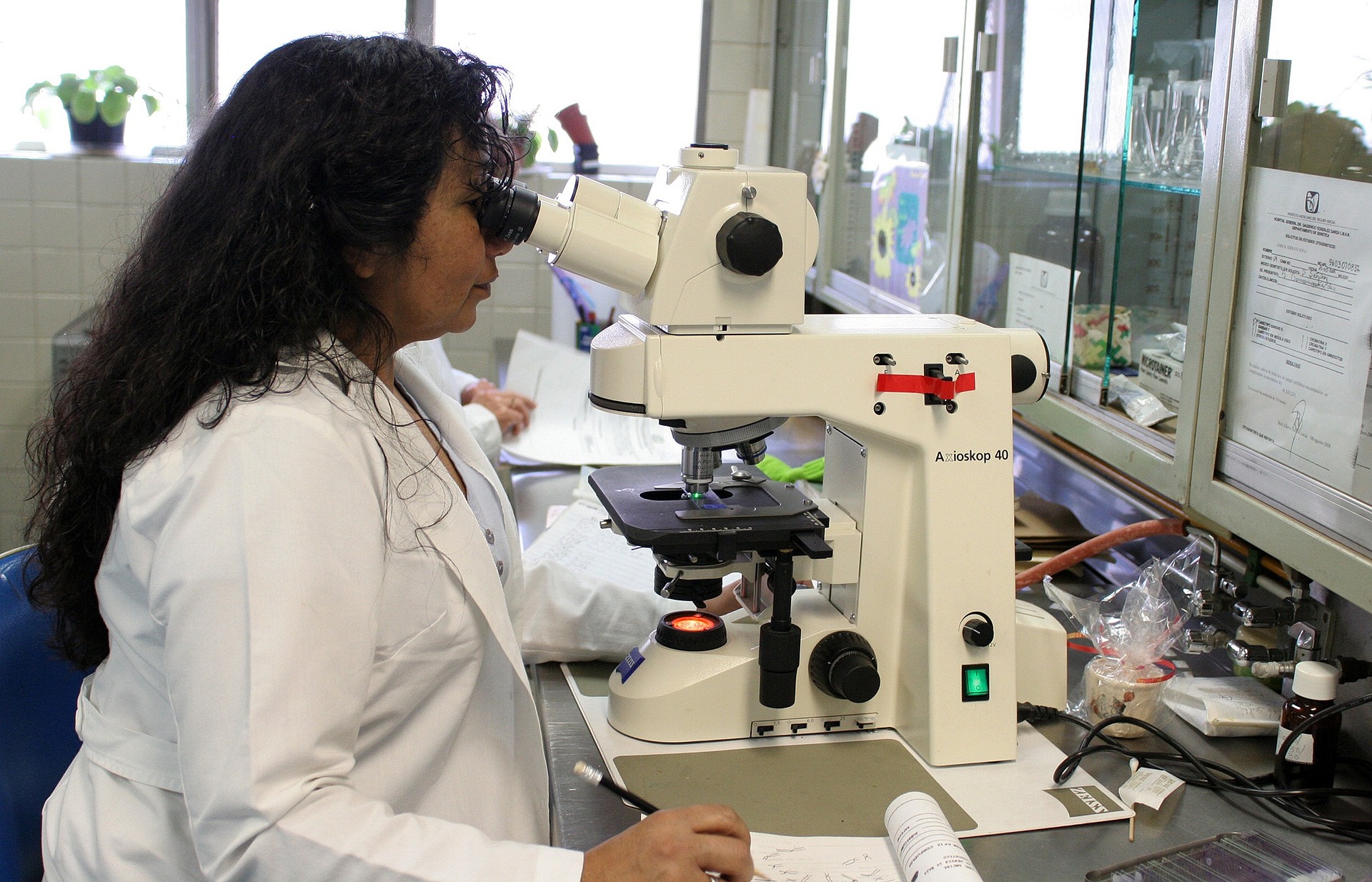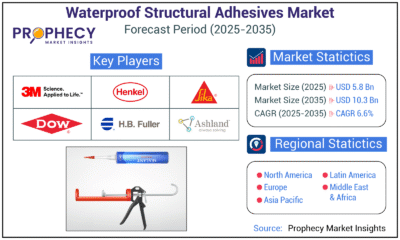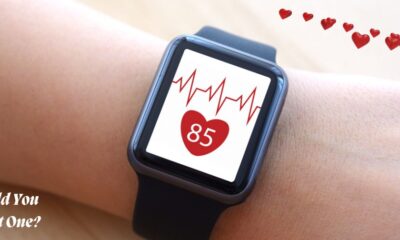Health & Fitness
Health Technology Improvements

Technology allows practitioners to complete medical procedures remotely – be it scheduling appointments, communicating with patients or conducting medical procedures – from their remote offices. Patients also benefit by being able to access their EHRs, medical records and test results through an online interface.
Tech also helps reduce repeat tests, by scanning patients simultaneously for multiple conditions with one full-body MRI rather than separately.
Electronic Health Records (EHRs)
EHRs enhance patient care by providing easy access to their medical history. No more searching through paper charts to locate test results; with an EHR, doctors can locate information instantly allowing them to focus on other tasks without losing time locating what they need.
EHR systems can automate order entry with secure e-prescribing technology and support decision support by linking physicians with evidence-based guidelines for diagnosis or treatment. EHR systems also enhance care coordination by connecting other healthcare providers, labs, imaging centers, payers and staffers – making it easier for staffers to respond quickly when patients ask about eligibility or cost for specific medications.
Some clinics and hospitals use software like Nuance Communications’ Dragon Medical One’s speech recognition solution to decrease manual data entry requirements of their health IT systems, enabling physicians to dictate notes directly into their computer instead of typing them out manually; then it automatically converts audio files to written text, cutting costs associated with transcription services, physical chart storage fees, coding processes and claims management costs.
HIPAA-Compliant Communications
HIPAA-compliant communications allow healthcare workers to securely communicate with both patients and colleagues using encrypted conversations that prevent unauthorized access to electronic protected health information (ePHI). Furthermore, this technology offers other features to improve system functionality.
Some solutions feature an intuitive interface designed to ease communication for medical professionals. Meanwhile, other technologies provide flexible routing capabilities designed to improve patient experiences and free up staff time. Furthermore, such solutions can prioritize calls, direct them directly to departments that need them, support remote employees as well as prioritize calls based on priority rankings.
These communications solutions can easily integrate with existing hospital systems to streamline communication across departments and between doctors and their patients, patient portals, mobile devices and alert notifications in real time to ensure critical alerts reach the correct individuals quickly and safely. They also reduce risks posed by healthcare workers using unsecure messaging apps designed for consumer use – something which poses significant concerns given that 27% of medication errors and 30% of safety incidents are directly attributable to poor communication.
Patient Portals
Patient portals, which enable patients to securely access their medical records and communicate with physicians via an online system, can be powerful tools for improving healthcare technology. But they only work if users use them; many studies have revealed that adoption rates vary depending on several factors like platform usability, user training and barriers such as low health literacy levels.
To encourage patients to make use of patient portals, physicians and office staff must promote its features during each encounter with patients. Furthermore, having all staff involved in promoting the portal has proven very effective; one study discovered that enrollment and usage rates both increased significantly when all office employees were encouraged to promote it.
Once a patient becomes familiar with using a portal, it becomes much simpler for them to continue doing so. It provides patients with easy access to appointments and test results without calling the office, freeing up receptionists and nurses’ time for more pressing inquiries and needs.
Monitoring Systems
Monitoring systems are software applications designed to detect changes in metric values and take necessary action in response. Alerts may be configured when certain metrics fall outside acceptable thresholds – for instance if the system detects that patient temperature has reached unacceptable thresholds it could notify care team immediately.
An effective remote patient monitoring program must fit seamlessly into clinician workflows and be easy for both patients and clinicians to adopt and use, making it seamless integration possible. To achieve this goal, intuitive equipment with user-friendly user interfaces as well as troubleshooting support when needed are key. Furthermore, making sure that graphs of data can be produced for presentation to different departments within an organization is also critical for success.
As reimbursement models shift toward risk-based approaches, we expect increased adoption of remote patient monitoring programs; additionally, the advent of AI technology will generate exponential increases in data that can be analyzed and interpreted by these systems.
Innovative Treatment Options
Healthcare technology has not only enabled doctors to discover more effective treatments, but has even saved some patients’ lives! Without this technological progress, they may not still be alive today.
AI is becoming an invaluable asset to healthcare. For example, AI has allowed doctors to detect sepsis faster and detect cancer drugs more accurately in patients’ bodies.
Augmented reality offers another promising healthcare technology to medical training and patient education, providing anxiety relief from surgery or helping understand complex procedures.
However, not all the latest tech is ready for widespread implementation yet. One such example is psychedelic-based medicine which may treat depression and other mental illness; unfortunately some countries take an anti-drug stance against such research. Other technologies however stand poised to transform healthcare – organs-on-a-chip, virtual human models, HumMod and organs-on-a-chip can all help evaluate drug or device efficacy prior to clinical trials.
-

 Press Release4 days ago
Press Release4 days agoClinical Trials Market Set for Robust Growth, Driven by Drug Development Surge and Digital Innovation
-

 Press Release5 days ago
Press Release5 days agoFill-Finish Pharmaceutical Contract Manufacturing Market Expected to Flourish Amid Biopharmaceutical Boom and Global Outsourcing Trend by 2035
-

 Business6 days ago
Business6 days agoHow Managed IT Solutions Help Small Teams Compete at Enterprise Scale
-

 Press Release5 days ago
Press Release5 days agoGreen Bio Chemicals Market Poised for Sustainable Growth amidst Global Shift to Eco-Friendly Alternatives by 2035
-

 Press Release5 days ago
Press Release5 days agoIndustrial Boiler Market Expected to Surpass USD 24.4 Billion by 2035 Amid Growing Demand for Energy Efficiency and Industrialization
-

 Press Release5 days ago
Press Release5 days agoPreventive Vaccines Market to Witness Strong Growth by 2035
-

 Press Release5 days ago
Press Release5 days agoPet Food Nutraceutical Market Set for Robust Expansion Amid Rising Demand for Pet Wellness by 2035
-

 Press Release4 days ago
Press Release4 days agoWaterproof Structural Adhesives Market: A Comprehensive Study Towards USD 10.3 Billion in 2035












